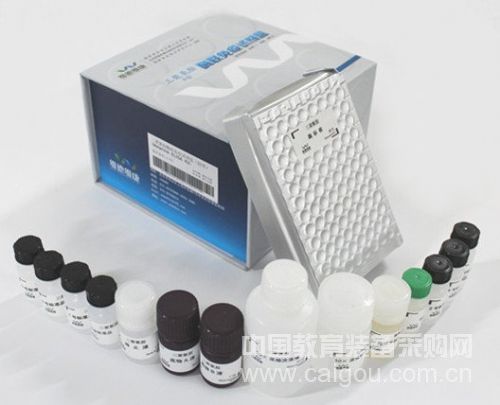The reason why enzyme immunoassay can become the leading technology in clinical immunoassay is inseparable from the specificity and sensitivity of its method, the ease of operation and the stability of the reagents. There is also an important point It has no threat to the environment.
Nevertheless, as an immunoassay technique, the enzyme immunoassay still has its limitations. Not only may the biological fluid samples detected such as serum have various factors that interfere with the experiment, but also affect the results during the experiment There are also many factors, especially when performing manual ELISA measurements.
In addition, in the qualitative ELISA measurement, the establishment of the positive judgment value (CUT-OFF) is based on a certain statistical basis, which may not be correct for a specific subject. For example, using ELISA to detect anti-HCV and anti-HIV or HBsAg, sometimes the positive node obtained may not be really positive, and other methods such as recombinant immunoblot as-say (RIBA), Western blotting are required (Westernbl.t, WB) or neutralization test to confirm the positive report. Anti-HCV and anti-HIV tests here use genetically engineered antigens from the viral part. Other viruses, such as influenza virus, mumps virus and varicella virus, may also cause false positive reactions after infecting the human body or some autoantibodies.
The measurement of HBsAg is mainly a problem of weak positives, which is related to the "gray zone" measured by ELISA. The reliability of the results around the cut-off value, that is, the "gray zone" is usually poor. Positives need to be confirmed, but negatives This may not be true. This is very important when screening blood from blood donors in blood stations. It is necessary to draw attention and take appropriate measures to prevent the transmission of such infectious diseases that seriously affect people ’s health through blood transfusion. The relevant chapter will also discuss this issue in detail. In addition, the basis of the immunoassay is the specific reaction of the antigen and antibody. Therefore, in order to detect the antigen, in addition to requiring the antibody (monoclonal or polyclonal antibody) to be specific, it is also required that the antigen to be tested must be present on the antigen to be able to bind the antibody The determinant, if some sites are not expressed due to gene mutation, or the binding site is blocked or blocked for some reason, it will affect the binding of antibody to antigen, resulting in false negative results.
If detecting antibodies, it is required that the coating antigen used should contain all specific antigenic determinants as much as possible, and at the same time contain no non-specific components as much as possible. This is often difficult to achieve completely due to technical limitations. Therefore, from a certain In this sense, false positives and false negatives cannot be completely avoided, although through effort, they can be reduced to a very low level. This is also the direction of efforts to establish clinical immunoassays.

Flower Tricks is a series of performance with flowers. It is widely exist in close-up magic, Stage Magic, street magic. All of them are so amazing and fascinating under the perform with magicians.
In our magic store, you can choose or order the magic flower as you like. Flower tricks are made of chemical fiber,ABS and other auxiliary materials, is security and environment protection. It suitable for children, students, magic players, etc.
Flower Tricks
Magic Roses, Magic Flower Bouquet, Magic Rose Flower, Torch to Flower
Zhejiang Kaseng educational toys Co., ltd , http://www.dasengmagic.com